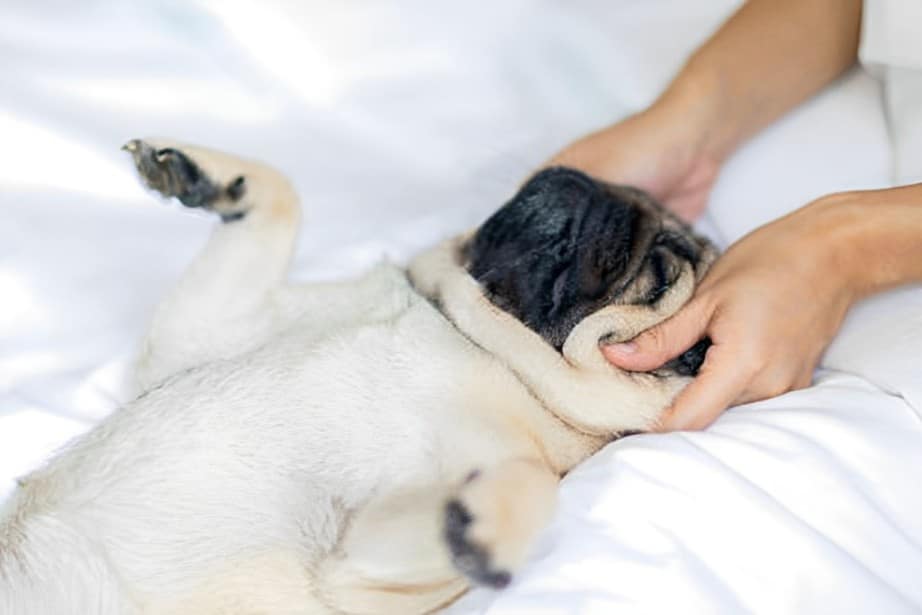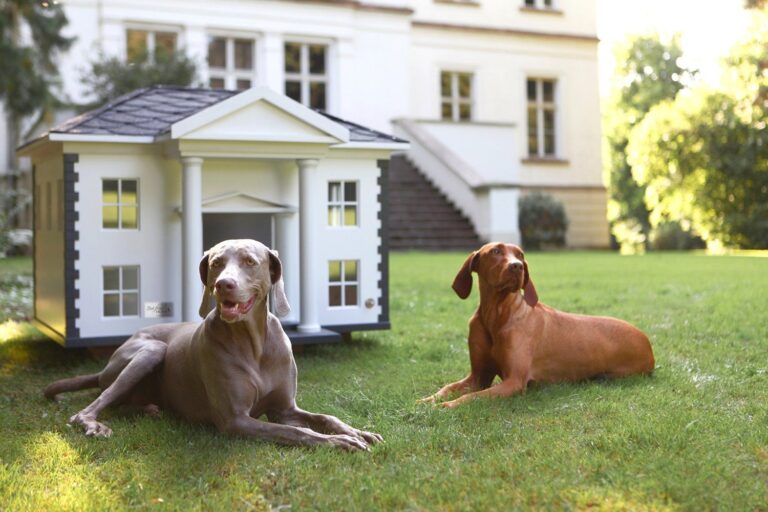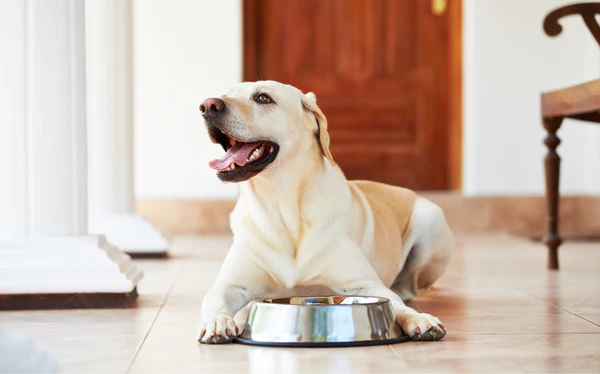Giving your dog a massage can help in many ways, like making them less stressed, improving their blood flow, and easing tense muscles. This guide will teach you everything you need to know about giving your furry friend a good massage. Whether your dog is young or old, regular massages can help them relax and stay healthy. Let’s begin this wonderful journey to giving your dog the best massage ever!
Benefits of Massaging Your Dog
- Reduces stress: Massaging your dog can help them feel more relaxed and calm.
- Improves circulation: Massaging your dog can boost blood flow, which is good for their overall health.
- Relieves muscle tension: Massages can ease any tight or sore muscles your dog may have.
- Strengthens bond: Massaging your dog can strengthen the bond between you and your furry friend.
- Enhances flexibility: Regular massages can help keep your dog’s muscles flexible and supple.
- Promotes healing: Massaging can aid in the healing process if your dog has any injuries or ailments.
- Boosts immune system: A massage can stimulate your dog’s immune system, helping them stay healthy.
- Alleviates anxiety: Massages can be comforting for dogs and may help reduce anxiety or nervousness.
- Improves sleep: A relaxed massage session can help your dog sleep better at night.
- Increases overall well-being: Massages contribute to your dog’s overall health and happiness.
Preparing for the Massage
- Choose a calm environment: Find a quiet and comfortable area where you and your dog can relax without distractions.
- Gather supplies: Get everything you need, like a comfortable surface for your dog to lie on, a towel or blanket, and some treats to reward them.
- Wash your hands: Make sure your hands are clean before touching your dog to keep them safe from any germs.
- Relax your dog: Spend some time petting and soothing your dog to help them relax before the massage begins.
- Get into position: Sit or kneel next to your dog in a comfortable position where you can reach all parts of their body easily.
- Start slowly: Begin the massage gently and gradually increase pressure as your dog becomes more comfortable.
- Observe your dog’s reactions: Pay attention to how your dog responds to the massage, and adjust your technique accordingly.
- Take breaks: Give your dog breaks during the massage session, especially if they seem tired or restless.
Techniques for Massaging Your Dog
Massaging your dog using various techniques can be beneficial for their overall well-being. Here are some effective techniques you can use:
- Effleurage Strokes: Begin your massage session with gentle effleurage strokes. These long, soothing strokes help warm up the muscles and increase circulation in your dog’s body. Lightly glide your hands over your dog’s fur in a rhythmic motion to promote relaxation and prepare the muscles for deeper massage techniques.
- Petrissage Techniques: Petrissage involves kneading and squeezing the muscles, which helps release tension and improve flexibility. Use your fingers, thumbs, or palms to gently knead your dog’s muscles in a circular motion. Pay attention to your dog’s response and apply gentle pressure to ensure they remain comfortable throughout the massage.
- Trigger Point Therapy: Identify specific points on your dog’s body where tension or discomfort may be present, known as trigger points. Apply firm pressure to these points to release tension and alleviate pain. Be careful to locate the trigger points accurately and use a gentle but firm touch to avoid causing any discomfort to your dog.
- Joint Mobilization: Incorporate gentle joint mobilization techniques to improve your dog’s range of motion and flexibility. Use slow, controlled movements to gently manipulate your dog’s joints, helping to relieve stiffness and promote better mobility.
- Stretching: Integrate gentle stretching exercises into your massage routine to help loosen tight muscles and improve flexibility. Gently extend your dog’s limbs, holding each stretch for a few seconds before releasing. Be careful not to overextend your dog’s joints and only stretch within their comfortable range of motion.
- Heat Therapy: Use warm towels or heating pads to apply heat therapy to your dog’s muscles before or during the massage session. Heat helps increase blood flow to the muscles, promoting relaxation and reducing muscle stiffness.
- Cold Therapy: Alternatively, you can use cold packs or ice packs to provide cold therapy to sore or inflamed areas. Cold therapy helps reduce swelling and numbs pain, making it particularly beneficial for acute injuries or inflammation.
- Hydrotherapy: Consider incorporating hydrotherapy into your dog’s massage routine by using a warm water bath or swimming session. Hydrotherapy provides low-impact exercise and helps relieve muscle tension while promoting overall relaxation and well-being.
Massaging your dog can be a wonderful way to bond with your furry friend while also providing numerous health benefits. By following the techniques outlined in this guide, you can help alleviate your dog’s stress, improve their circulation, and enhance their overall well-being. Remember to always listen to your dog’s cues and adjust your massage techniques accordingly. With patience and practice, you and your dog can enjoy the many benefits of regular massage sessions. So why wait? Start massaging your dog today and watch as your bond grows stronger and their health improves.







